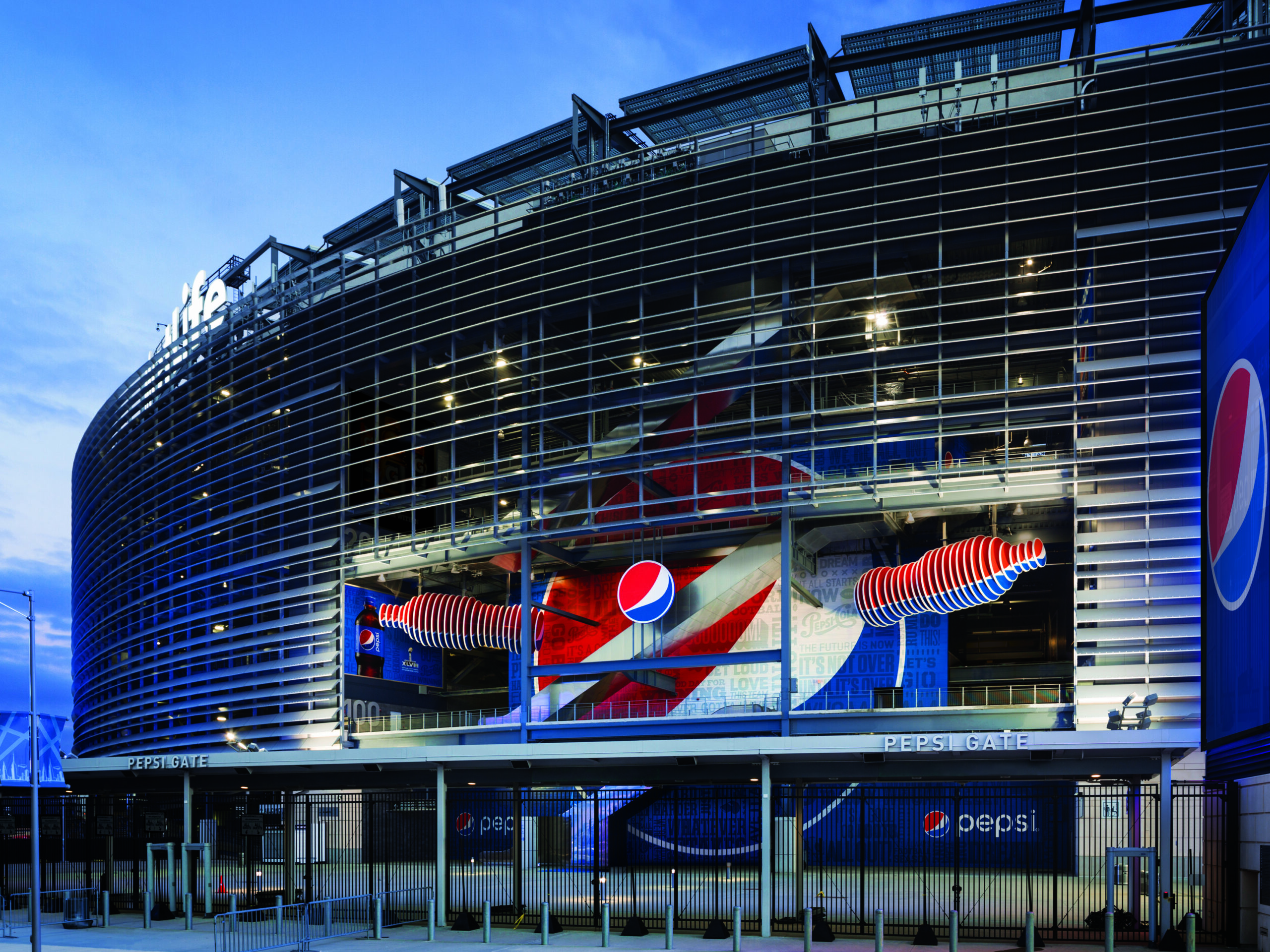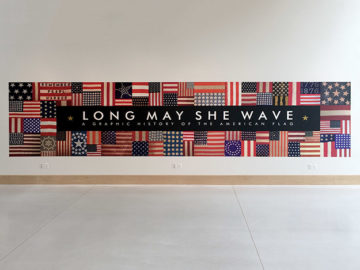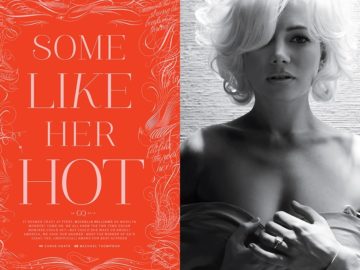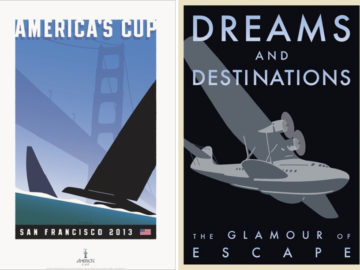PepsiCo products are enjoyed by consumers more than one billion times a day in more than 200 countries and territories around the world. PepsiCo generated more than $86 billion in net revenue in 2022, driven by a complementary beverage and convenient foods portfolio that includes Lay’s, Doritos, Cheetos, Gatorade, Pepsi-Cola, Mountain Dew, Quaker, and SodaStream. PepsiCo’s product portfolio includes a wide range of enjoyable foods and beverages, including many iconic brands that generate more than $1 billion each in estimated annual retail sales. Guiding PepsiCo is our vision to be the “Global Leader in Beverages and Convenient Foods by Winning with pep+ (PepsiCo Positive).” pep+ is their strategic end-to-end transformation that puts sustainability and human capital at the center of how they will create value and growth by operating within planetary boundaries and inspiring positive change for the planet and people.






